

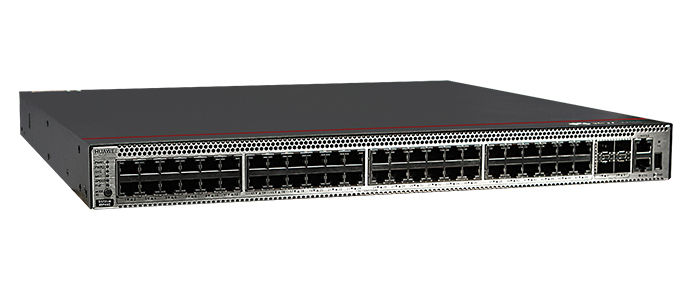
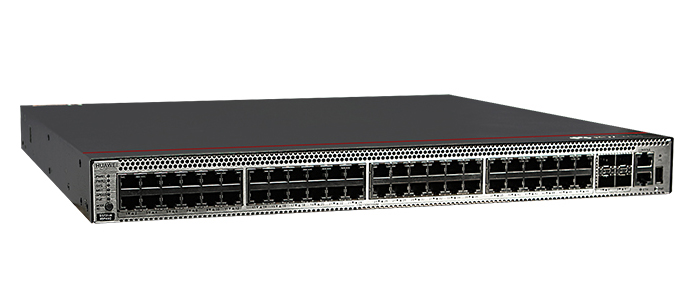
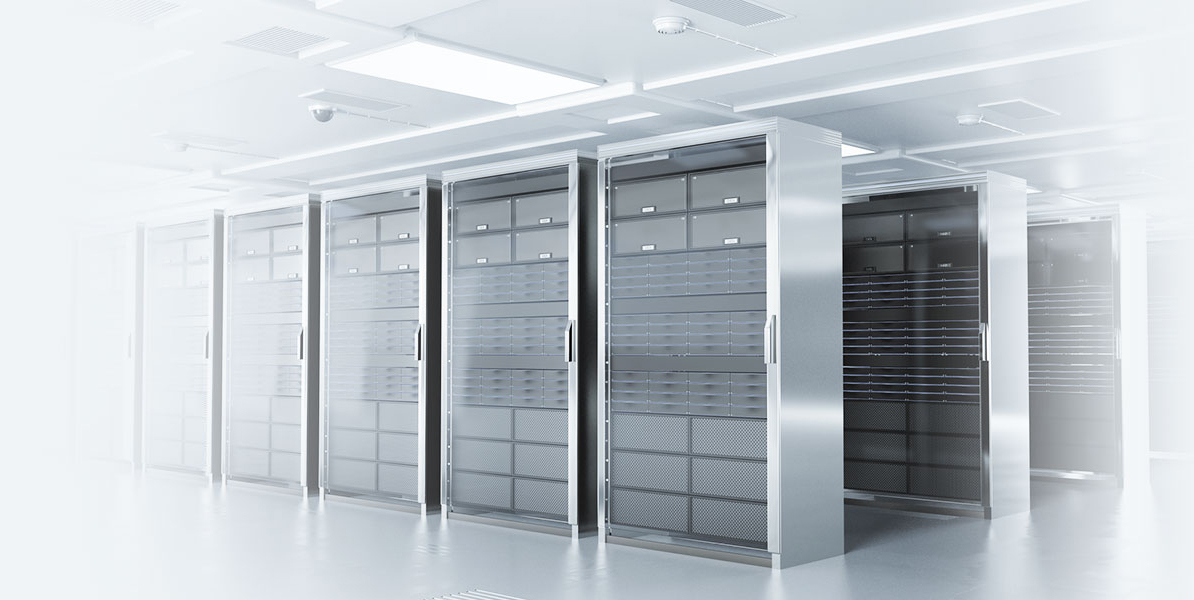

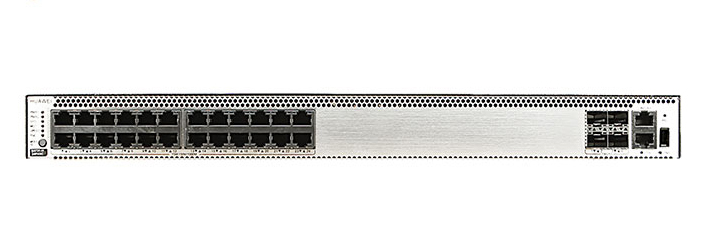
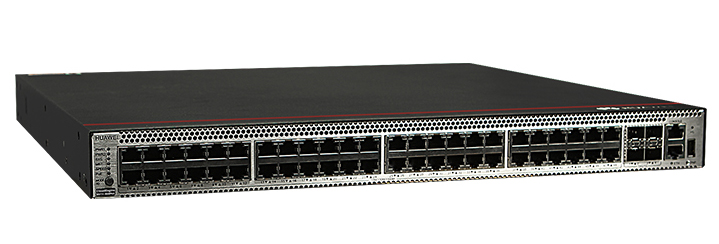
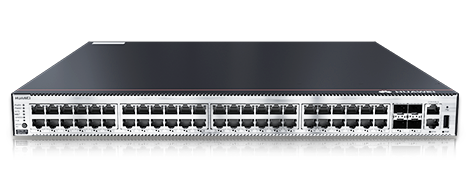

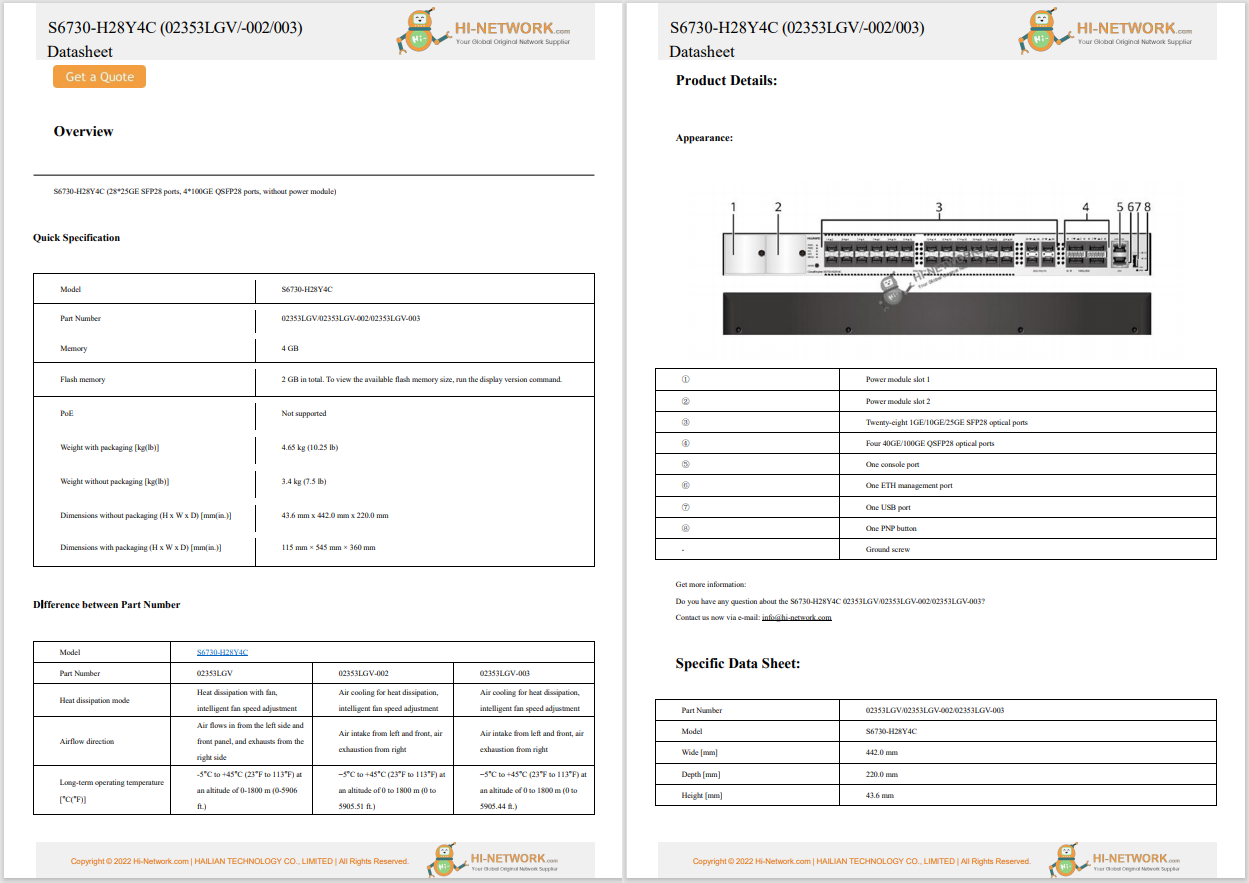

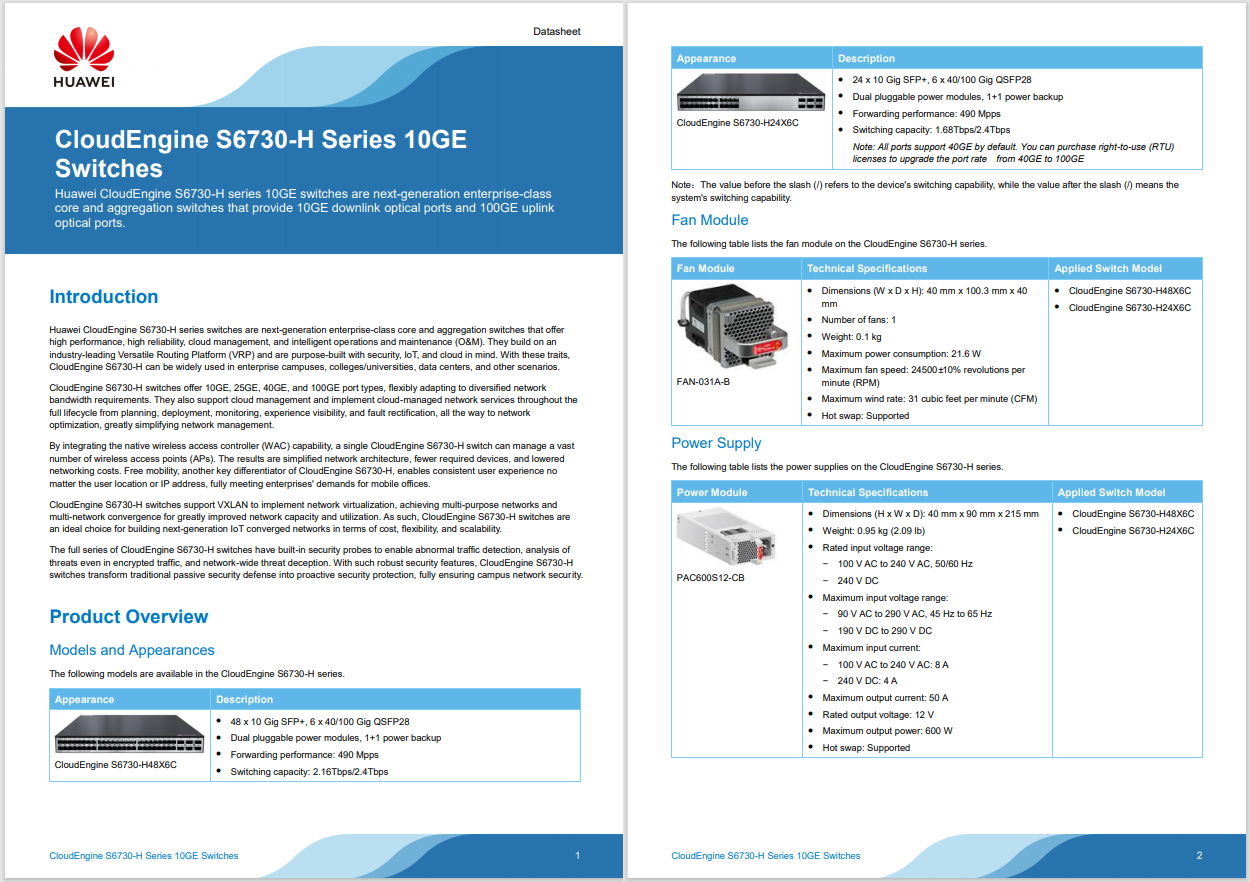
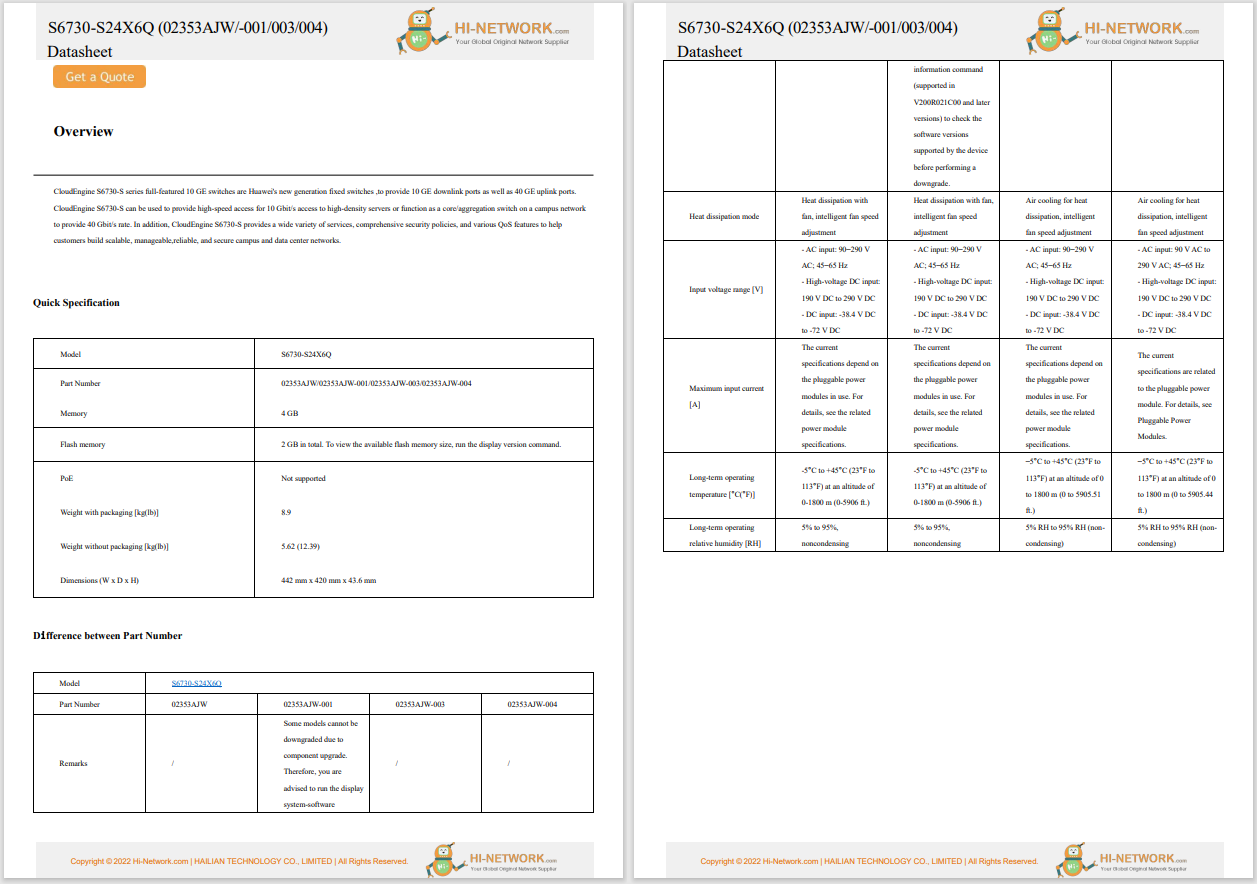


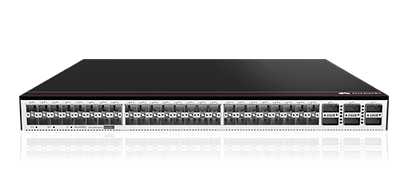
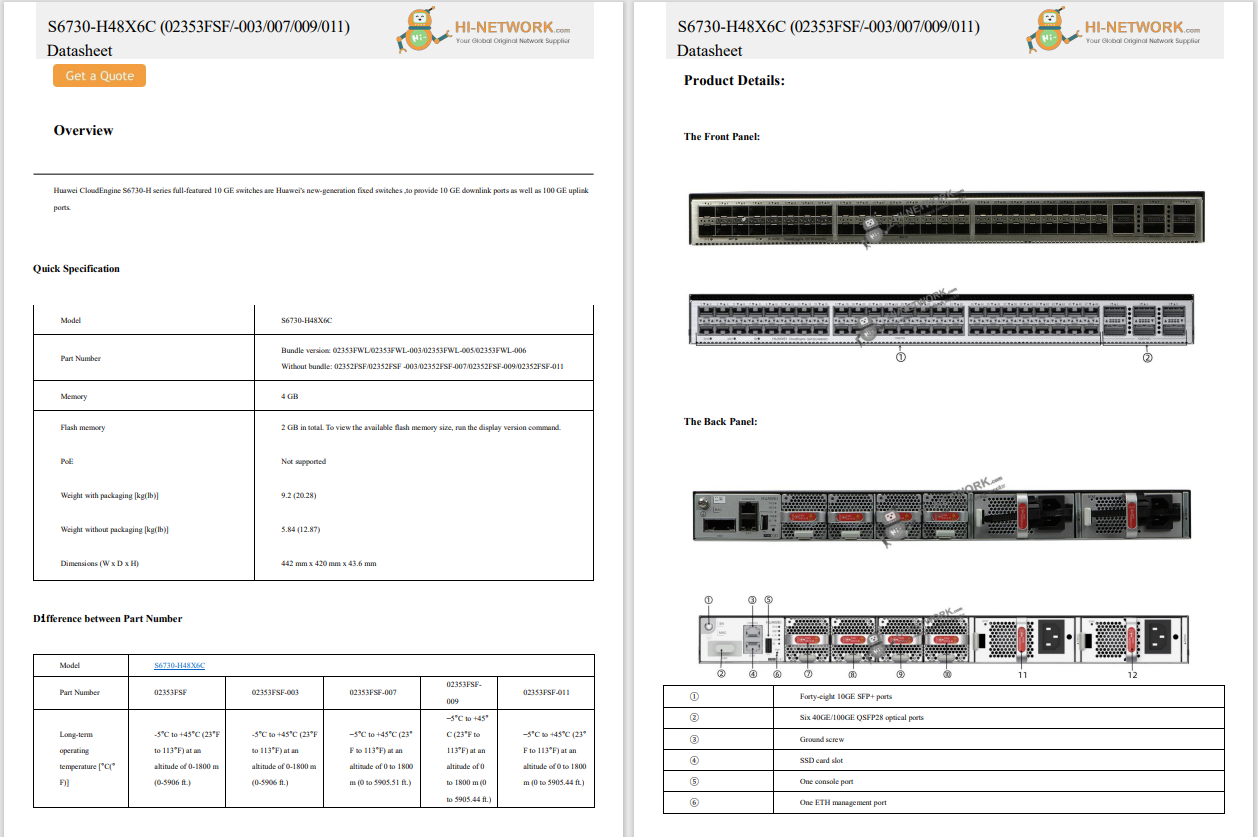
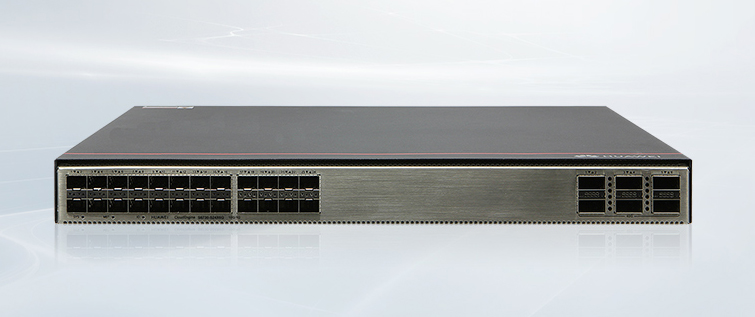



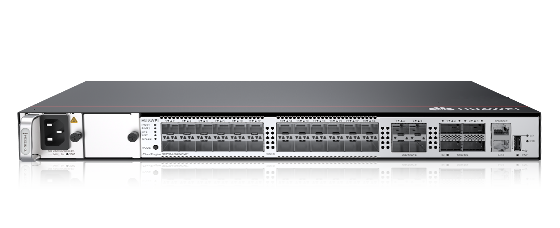
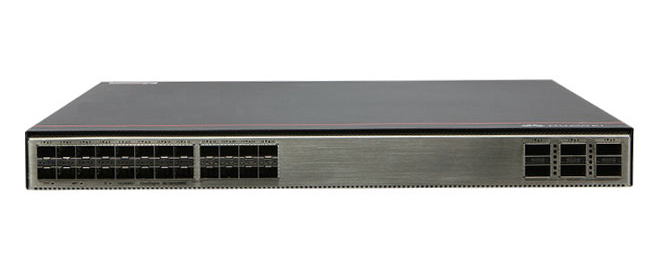


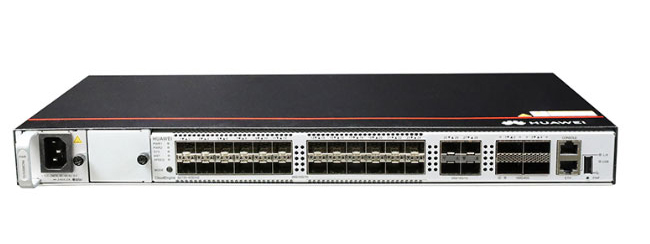
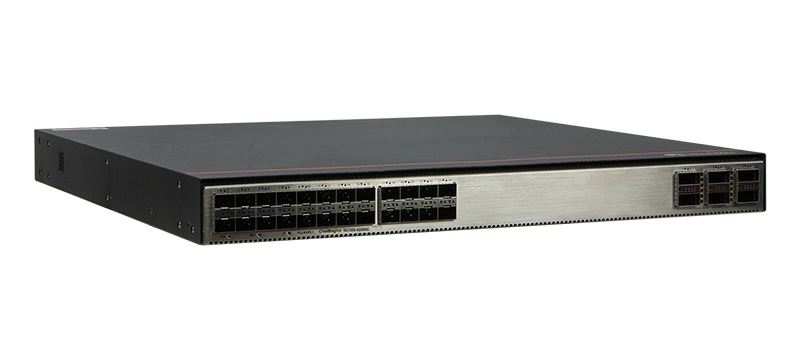
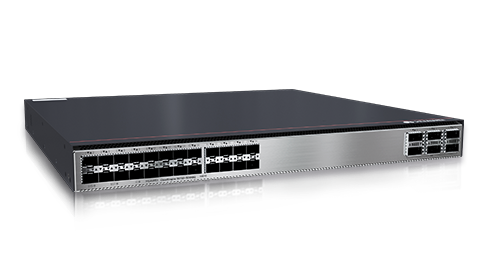
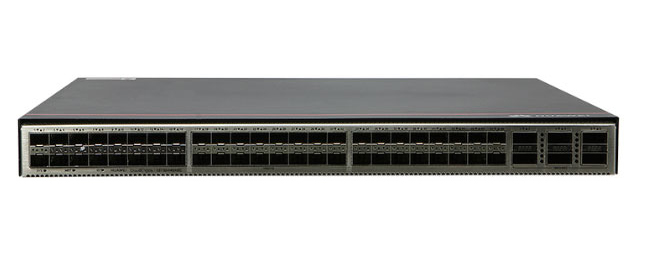
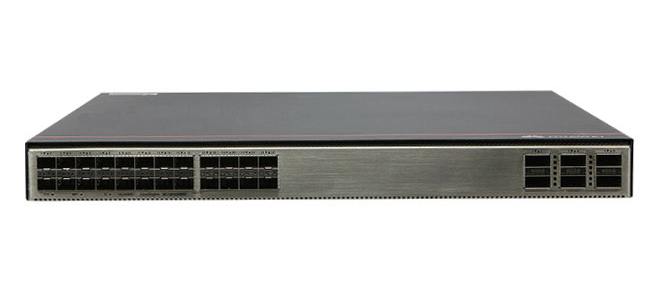
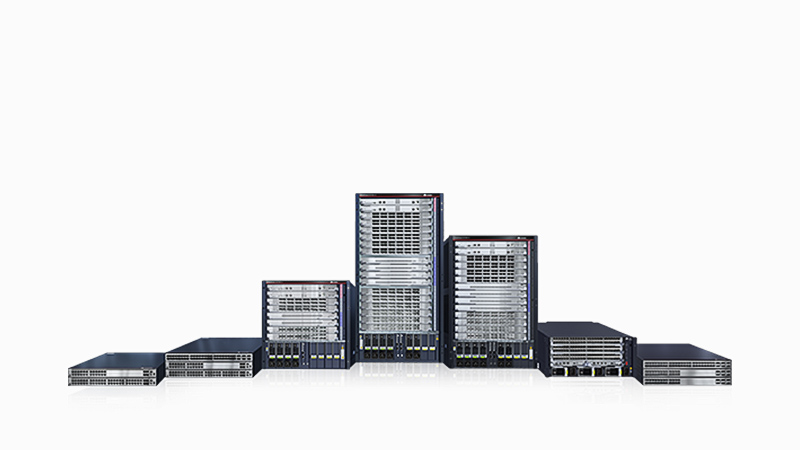
 ,
,The now-defunct Homer City Generating Station site, once the state's largest coal plant, is repurposed into a massive$10 billion natural gas-powered data centre campus.
The development aims to meet the surging electricity demands of tech giants racing to power AI and cloud computing infrastructure.
Located about 50 miles east of Pittsburgh, the proposed facility will feature seven gas-fired turbines capable of generating up to 4.5 gigawatts of electricity, enough to power roughly 3 million homes.
The project's backers, a group of investors operating under Homer City Development, say the campus will host advanced data centres directly on-site.
Construction is expected to begin this year, with the first wave of power projected to come online by 2027.
The developers note that the existing infrastructure left behind by the coal plant offers a significant advantage.
Transmission lines, substations, and water access link the site to the broader energy grid covering the Mid-Atlantic and New York regions.
Additionally, the location sits atop the Marcellus Shale, one of the most abundant natural gas reserves in the US, and has been awarded a$5 million state grant to extend a new gas pipeline to the property.
Homer City Generating Station was decommissioned in 2023 after over five decades of operation.
Its shutdown came amid declining coal competitiveness, warmer winters that reduced electricity demand, and increasing environmental regulations.
The launch of OpenAI's ChatGPT in late 2022 provoked the birth of other LLMs and, therefore, the need to back up and enhance LLMs' evolution, sparking global demand for high-powered computing systems.
Tech firms are now in a race to secure reliable energy sources, reviving interest in natural gas plants and nuclear energy as concerns arise over potential electricity shortages.
Pennsylvania's Homer City initiative mirrors moves seen elsewhere in the country, including the upcoming reopening of the Three Mile Island nuclear facility, which will provide power under a long-term agreement with Microsoft.
These examples show the growing pressure on power infrastructure as AI pushes the limits of existing grids and forces a rethinking of how and where data centres should be built.
For more information on these topics, visit diplomacy.edu.
, Tags quentes :
Inteligência artificial
Desenvolvimento de capacidades
Governança de dados
Tags quentes :
Inteligência artificial
Desenvolvimento de capacidades
Governança de dados